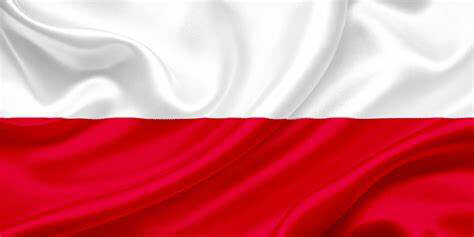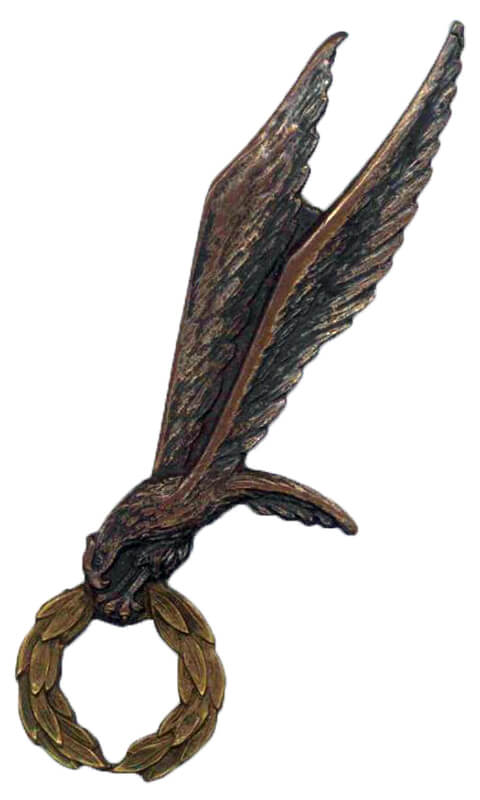| Page Created |
| August 16th, 2024 |
| Last Updated |
| August 16th, 2024 |
| Poland |
 |
| Additional Information |
| Unit Order of Battle Commanders Operations Equipment Multimedia Sources Biographies |
| Badge |
 |
| Motto |
| Najkrótszą Drogą |
| Founded |
| September 1941 |
| Disbanded |
| 1947 |
| Theater of Operations |
| The Netherlands |
| Organisational History |
The Polish Brigade is formed in Scotland in September 1941, at the request of its highly experienced commander, Stanislaw Sosabowski, who is regarded as a hero by those who serve under him, earning their complete loyalty. During the early stages of the war, the brigade is solely accountable to Polish command and the London-based government-in-exile. It operates with its own training programme and is unique in being the only Allied parachute unit composed entirely of men from an occupied country. However, this results in significant limitations in terms of reinforcements, particularly experienced officers, and due to the high casualty risks associated with airborne operations, the brigade is unable to readily commit to battle. Initially, this is not a significant issue, as the brigade’s primary mission is to assist in the liberation of Poland whenever an uprising by the Polish Home Army begins.
As time progresses, the practicality of this mission becomes increasingly unlikely, leading to growing pressure on the brigade to come under British command. The distant and seemingly implausible objective of liberating Poland contributes to the brigade not receiving the same resources as British airborne units. Major John Frost, recently returned from the Bruneval Raid, spends what he describes as “a splendid evening” with the Polish Brigade and observes that they “compensate with enthusiasm for what they lack in material support. Their nation’s tragedy drives them to excel in ingenuity, seeing difficulties as challenges to overcome.” The brigade, raised with the expectation of being dropped near Warsaw to aid in its liberation, adopts the motto “By the Shortest Way.” However, as the likelihood of this operation diminishes, it deals a severe blow to the morale of the men.
| 1st Polish Independent Parachute Brigade Standard |
The 1st Polish Independent Parachute Brigade standard, is crafted in Warsaw Poland. Its origins trace back to 1941 when Colonel Sosabowski, then commanding the brigade, asks officers returning to Poland as part of the Underground Army to request a proper Polish military standard for the Brigade. Sosabowski dreams of returning to Warsaw with this standard.
In late 1941, six men parachute into what they believe to be Poland, but they landed in German-occupied territory. Two are killed, but the others manage to escape. Their leader, Captain M. Kalenkiewicz, is wounded but reached Warsaw. During his recovery, he meets with some women and conveys the desire for a military standard. This request is honoured, and the standard is crafted.
The standard carries great significance, as it is made using a ruby-red silk robe that belonged to Cardinal Dunajewski, a 19th-century Polish patriot. The standard is completed after nearly a year and follows the traditional design for Polish military standards: a red Maltese cross on a white field. One side features the Polish eagle and the arms of Warsaw, while the other depicted Saint Michael the Archangel, the patron saint of paratroopers, embroidered in the center. Above this image are the words “Warszawa 1942,” and below it, “Surge, Polonia” (“Arise, Poland”). In each corner, the Polish diving eagle paratroopers’ badge is embroidered in silver.
On November 3rd, 1942, the standard is consecrated in a secret ceremony at the Canon church in Warsaw. Following the ceremony, the standard is hidden, as there is no way to deliver it to the Brigade at that time. It remains in Poland until April 1944 when it is smuggled out by a group of underground leaders to Italy. From there, it is flown to Great Britain by Dakota and presented to Sosabowski by General Sosabowski on April 29th, 1944.
| Incorporation into the Allied Airborne Forces |
In 1942, Major-General Browning, then commander of the 1st Airborne Division, offers to promote Sosabowski to a rank equal to his own if he agrees to place the brigade under British command. Sosabowski declines, determined to remain true to the original mission. As the Allied invasion of Europe approaches, the British again exert considerable pressure on the Poles. A compromise is proposed, allowing the brigade to participate in a single Allied operation in Western Europe, but with the condition that they be withdrawn if their losses exceed 25%. This figure is chosen due to the brigade’s limited prospects for suitable Polish reinforcements, but no commander is willing to accept such restrictions, and Field Marshal Montgomery outright refuses. The situation is finally resolved in June 1944, with an agreement that the brigade will take part in an Allied operation following the Normandy landings without restrictions, after which they would be free to return to Poland when the opportunity arises. The brigade is incorporated into the 1st Allied Airborne Army and placed under the command of Major-General Urquhart.
Despite their resistance to becoming part of the British airborne forces, the Poles find themselves with few allies in positions of authority, and the men are increasingly discontent. Sosabowski insists to Lt-General Browning that their training is not yet complete, but Browning disagrees, prompting the Poles to intensify their training regimen. A tragic accident occurs on 8th July, 1943 when two of their Dakota aircraft collide in mid-air, resulting in the deaths of 26 Polish soldiers from the 3rd Battalion and Supply Company, along with 8 American aircrew.
The Polish uprising begins on 1st August 1944, and a message is sent to Polish Army Headquarters in London, stating, “We are ready at any time to fight for Warsaw. When the Parachute Brigade joins us, it will have an enormous political and tactical impact.” Unfortunately, the brigade is tied to the 1st Allied Airborne Army and cannot be deployed. This may have been fortunate, as the uprising turns into a complete disaster. Encouraged by the Russians, who promise supplies, 50,000 Poles manage to take Warsaw with relative ease, but German reinforcements soon force them into defensive positions, where they endure constant bombardment for 63 days. The Russians, meanwhile, do nothing to assist, content to halt their advance and allow the Germans to annihilate the Polish forces, thereby clearing the way for Soviet control of Poland when they resume their advance. Eventually, the Poles, divided into small groups and lacking supplies, are forced to surrender. Warsaw is evacuated of civilians and left in ruins.
After returning from Arnhem, the Polish Brigade, despite no fault of their own, is scapegoated for the defeat by several high-ranking Allied commanders who should have been held accountable. Montgomery writes to the Chief of the Imperial General Staff (CIGS), claiming that the “Polish Para Brigade fought very badly and the men showed no keenness to fight if it meant risking their own lives. I do not want this brigade here and possibly you may like to send them to join other Poles in Italy.” Browning also writes a letter to the Deputy CIGS, recommending that Major-General Sosabowski be relieved of his command, suggesting that “a younger, more flexible-minded and cooperative officer be appointed to succeed him.”
Sosabowski is dismissed on December 9th, 1944, handing over command to his deputy, Lieutenant-Colonel Stanislaw Jachnik. In protest, two of the brigade’s units go on hunger strike over Christmas. The promise made to them is broken, and the brigade is never released from British control, nor does it return to Poland. In 1945, it is sent to Germany as part of the Allied occupation force, where it remains until 1947. The brigade is then returned to England and disbanded.
